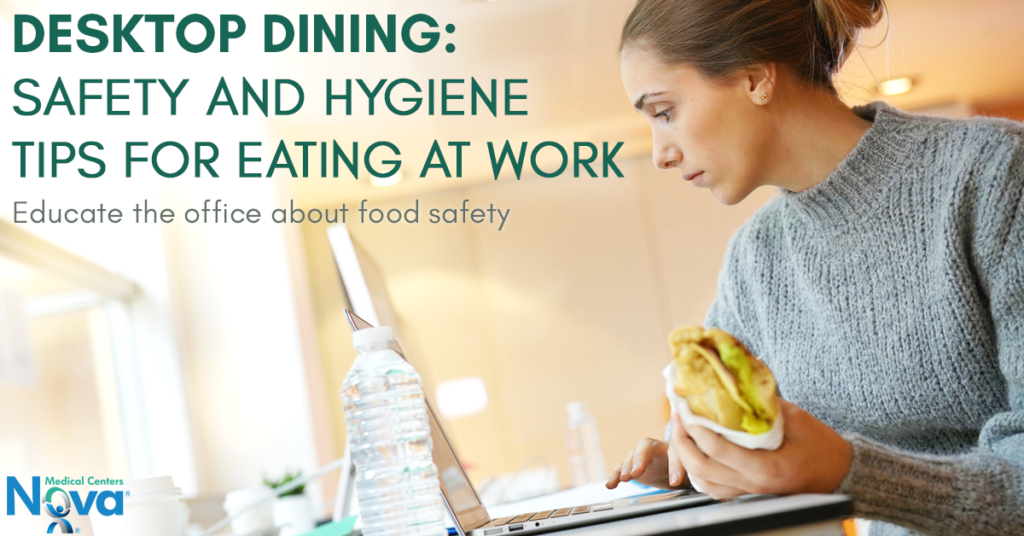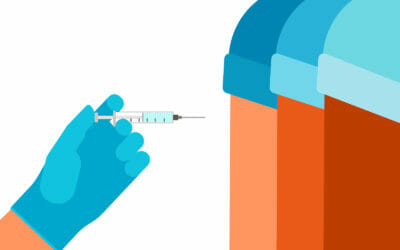
Educate the office about food safety
According to a recent survey from the Academy of Nutrition and Dietetics and ConAgra Foods’ Home Food Safety program, 83% of Americans regularly eat at their desks, including breakfast, lunch, dinner, and snacks. Keep your brown bag germ free and help to promote hygiene at the office by following these simple food safety tips.
Break the Germ Cycle
Wash your hands before, during, and after handling food to remove germs. No time to wash with soap and water? Keep your desk or break room stocked with moist wipes or hand sanitizer. You come in contact with millions of germs a day; you wouldn’t want to transfer them to your food.
Safe Storing
A refrigerator set at 40 °F or below will effectively slow the growth of most bacteria. The freezer temperature should be 0° F. Be sure to check your office refrigerator and freezer temperatures periodically with appliance thermometers.
Proper Storing
Read directions on the labels of food items to make sure you are storing them safely. You can also find the expiration date on the label and if food is past its “use by” date, throw it out. Be on the lookout for suspicious smells or mold as these are signs of spoiled food. If you question if food has gone bad, it probably has if you have to ask.
Let Go of Leftovers
Do not let leftovers sit out for more than 2 hours without proper refrigeration. Make it a habit to throw out perishable foods left in the refrigerator. A general rule is to throw away leftovers after four days. At the end of the week, check the refrigerator to make sure perishables don’t sit there over the weekend. You can review, or even print out, the storage guidelines for refrigerator foods to help keep food from spoiling or becoming dangerous to eat.
Fresh and Clean
If you spill something in the refrigerator wipe it up immediately before it gets sticky and harder to remove. Clean surfaces with hot, soapy water, and then rinse. To keep the refrigerator smelling fresh and help eliminate odors, place an opened box of baking soda on a shelf. Avoid using solvent cleaning agents, abrasives, and all cleansers that may impart a chemical taste to food or ice cubes, or cause damage to the interior finish of the refrigerator. Follow the manufacturer’s instructions.
Clean up after yourself
Throwing away trash or cleaning the area used after you’re done eating is a simple and appreciated task. Not only will you remove unwanted smells and bacteria, but just as you do not want to clean up for others, they also do not want to clean your mess.
Do you feel like you are the only one concerned about the cleanliness of the refrigerator? Make it a food safety issue! Fortunately, the basics of food hygiene are relatively easy to grasp; it is simple to educate coworkers to make sure everyone within your organization is aware of the issue and takes it seriously. It is easy to avoid mistakes and provide the kind of safe, healthy workplace that you aspire to have.



